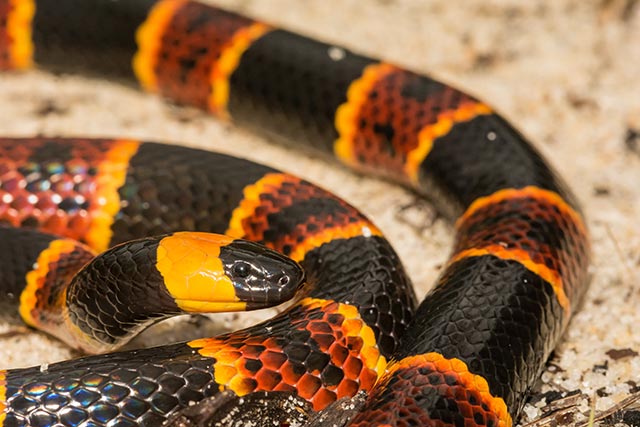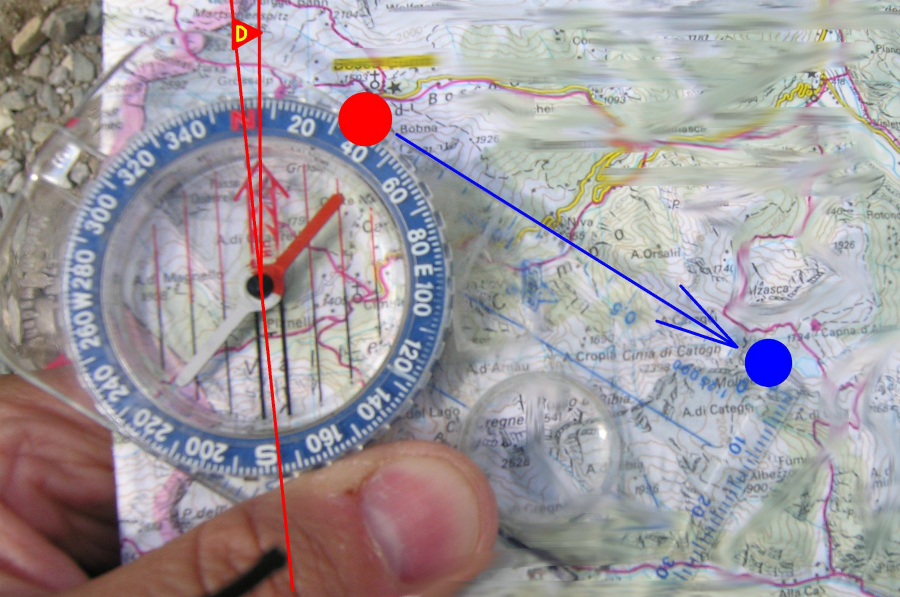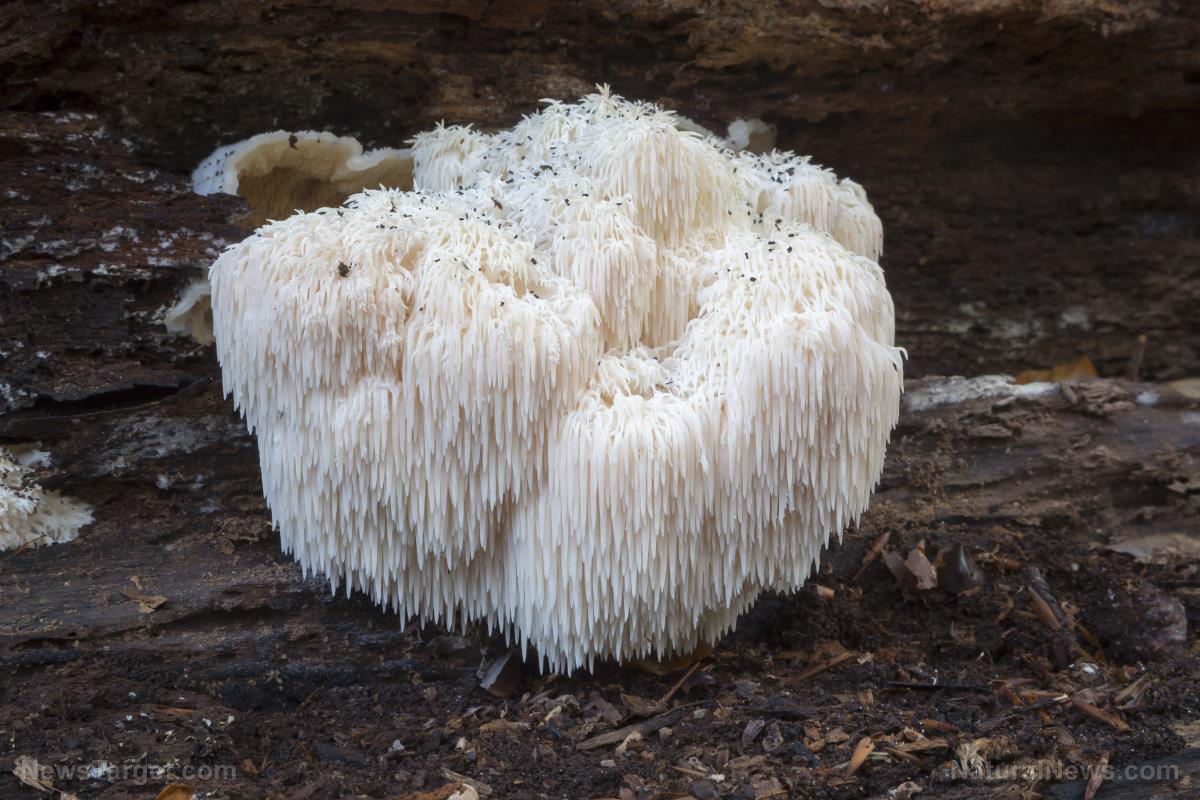Prepping 101: Do you know the most dangerous snakes in North America?
08/04/2019 / By Zoey Sky

Mother Nature can be both nurturing and dangerous. As a prepper, you increase your chances of survival by preparing supplies and learning survival skills. With animals, some species have biological weapons for self-defense and survival. Some of the most well-known (and feared) animals with built-in weapons are venomous snakes. (h/t to SurvivalistKnowledge.com)
When it comes to wilderness survival, it is important to learn as much as you can about different threats like wild and venomous animals. This should be a priority for preppers who live near areas full of wildlife or those who spend a lot of time outdoors.
If you plan on exploring a wild area known to house venomous snakes, include a snake bite kit in your survival kit and know how to use it properly. Detailed below are some tips on how to identify and avoid venomous snakes commonly found in North America.
Copperhead snake
The copperhead snake (Agkistrodon contortrix) is a species in the pit viper family. It is often found in the Eastern U.S., from Florida to New York. However, it can spread west to Nebraska and other states in middle America. Its preferred habitats include wet territories like forested hillsides and wetlands.
A moderately sized copperhead can grow 36 inches, with longer specimens measuring about 48 inches. Copperheads aren’t as aggressive as other snakes and they tend to avoid confrontations. They are perfectly camouflaged among the foliage and are often stepped on in the wild, which makes them strike in self-defense.
The first strike is usually venom-free, but the second one is often venomous. Copperhead venom causes excruciating pain, albeit rarely fatal. Most treatments for copperhead bites are topical. Alternatively, you can use an antivenin (antivenom).
Coral snake
The western coral snake (Micruroides euryxanthus) lives in deserts and rocky and dry areas. Meanwhile, the eastern coral snake (Micrurus fulvius) prefers an underground burrow or the leafy forest floor.
The snakes have similarly colored scales, with some differences.
M. fulvius is prevalent from North Carolina to Florida and Texas and it is the most brightly colored of the North American coral snakes. Its body is covered in bright bands of black, red, and yellow. It has narrow, yellow rings that separate wider red and black rings. The eastern coral has a yellow ring next to its black snout and its tail is ringed in black and yellow, without any red.
M. euryxanthus (a.k.a. the Arizona coral snake) is a Southwestern North American species with the same basic color pattern as its eastern counterpart, but with slightly muted colors. The paler yellow bands can sometimes be white instead. The western coral also has wider yellow bands than the eastern coral.
Both species of coral snake deliver a very strong venom, but the snakes don’t usually discharge any toxins. The snakes should be in a chewing position to get the venom out – a single, fast bite produces little to no venom.
That said, these snakes possess incredibly potent, neurotoxic venom that’s enough to kill four human adults. Both species only need four to five milligrams (mg) of venom to seriously injure or kill a person.
Cottonmouth snake/water moccasin
Cottonmouths (A. piscivorus) are closely related to copperheads, but the former’s bite is considered more dangerous. These semi-aquatic snakes are usually found in lakes, marshes, streams, and swamps. This species is the only viper in the world that can be found in watery environments.
Cottonmouths can grow from 36-72 inches. Larger specimens produce a powerful venom, but it’s not enough to kill an average human adult.
While their venom is rarely fatal, these snakes are the more aggressive type. When threatened, a cottonmouth will assume a pose ready for a strike, with its mouth widely open to show a cotton-white interior, hence its name.
Eastern diamondback rattlesnake
The eastern diamondback (Crotalus adamanteus) can be found in the coastal areas of Florida, dry marshes, pine forests, and the southwestern U.S. This rattlesnake is notorious for attacking without warning.
C. adamanteus is the biggest venomous snake in the U.S., and one of the biggest venomous snakes in the world. This rattlesnake can reach a length of almost eight feet long, with a weight of over 35 pounds. It typically preys on rabbits.
The eastern diamondback is deadly to humans – its bite has a fatality rate of about 10-20 percent. The venom of C. adamanteus is very hemorrhagic, with peptides that affect cardiac rhythm, which results in death.
C. adamanteus has huge fangs that can deliver more than 450 mg of venom. A dose of venom over 100 mg is enough to kill a person.
If bitten, use antivenom like Crotalidae polyvalent immune fab (CroFab).
Western diamondback rattlesnake
The western diamondback (C. atrox) avoids populated spaces and areas, but it is prevalent in Mexico, throughout the western U.S. coast, and in Canada.
This rattlesnake can be found mainly in rocky mountains, salt marshes, and sunny deserts. Most specimens reach at least four to five feet in length and weigh around 10 pounds.
Compared to other snakes in the same family, the venom of C. atrox is less toxic. Despite this fact, however, an adult rattlesnake can deliver 800 mg of venom that causes muscle deterioration, followed by severe internal bleeding. Bites have fatality rates of at least 20 percent.
Keep these facts in mind and be careful when you’re outdoors to avoid getting bitten by these dangerous, venomous snakes.
Sources include:
Submit a correction >>
Tagged Under:
animals, antivenin, antivenom, copperhead, coral snakes, cottonmouth, eastern diamondback, emergency, North American snakes, off grid, preparedness, prepping, rattlesnakes, reptiles, SHTF, snake bites, snake venom, snakebite kit, snakes, survival, venomous snakes, western diamondback, wilderness, wildlife
This article may contain statements that reflect the opinion of the author
RECENT NEWS & ARTICLES
COPYRIGHT © 2017 OFFGRID NEWS





















